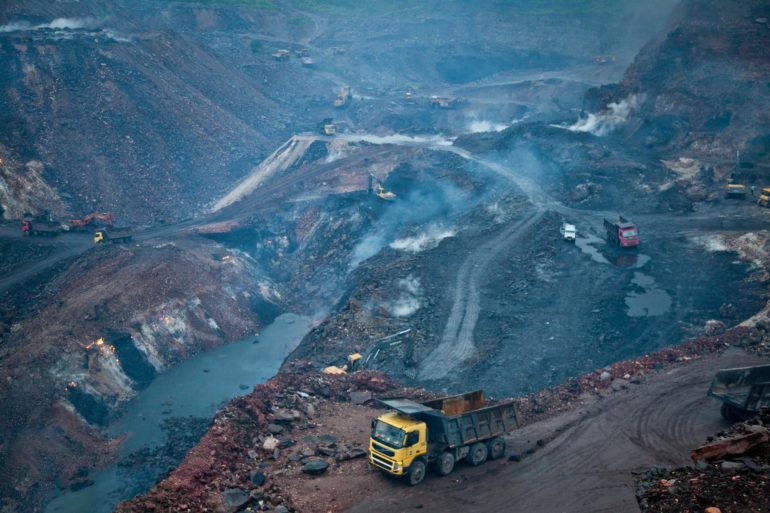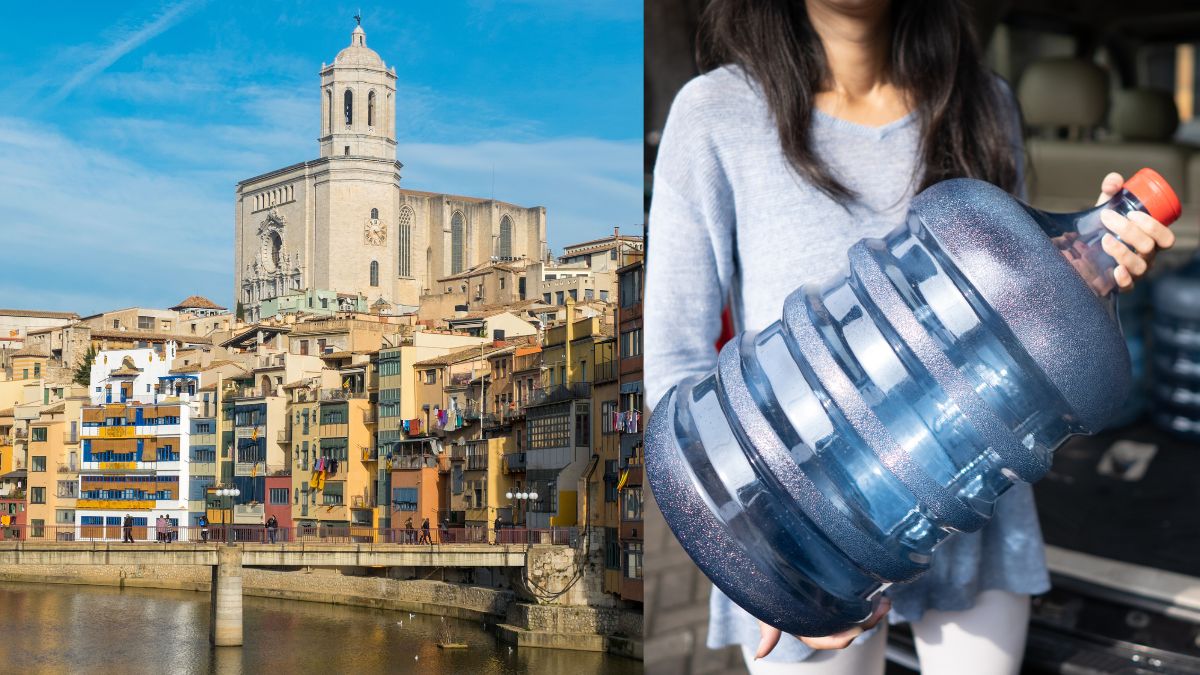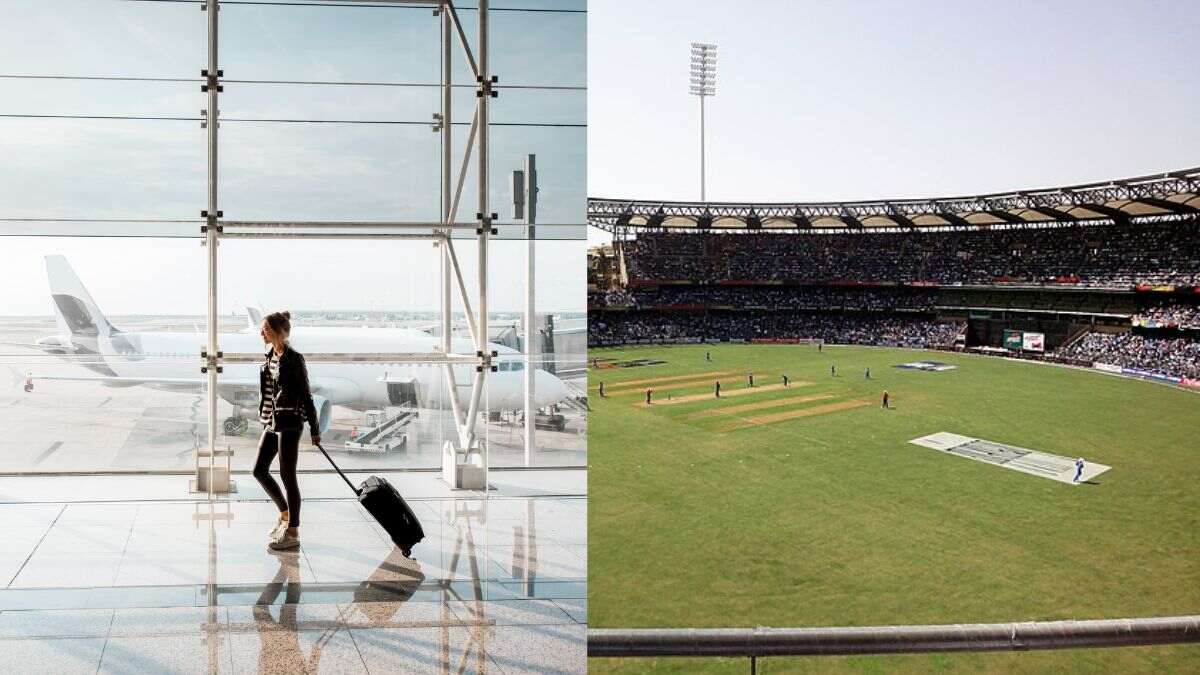Greenpeace India Report has revealed the most polluted cities in the country. Jharkhand’s Jharia, famous for its coal reserves is ranked right at the top, for the wrong reason of being the most polluted city in India. Dhanbad also known for its coal reserves has taken the second place in this list. The fourth Airpocalypse report by Greenpeace India has revealed that out of 287 Indian cities, 231 of them have air pollution levels exceeding 60 µg/m3 limits for PM10 as prescribed under National Ambient Air Quality Standards (NAAQS).

What’s In It?
The fourth Airpocalypse report by Greenpeace India stated that Jharkhand’s Jharia has an average PM10 level of 322 micrograms per cubic metre in 2018 which is more than 6 times the safe limit of 0-60. Particulate matter less than 10 micrometres (PM 10) in diameter can easily enter the bloodstream and lungs of a person. On the other hand, compared t last two years, the capital, Delhi has shown signs of improvement. But it still witnesses more than 3.5 times pollution than the NAAQS and more than 11 times that of the WHO prescribed limits for PM10. Currently, Delhi is the 10th most polluted city in India as compared to its 8th position a year ago. The average of PM10 levels in the city reduced from 240 micrograms per cubic metre in 2017 to 225 in 2018.
Surprisingly, six of the top 10 most polluted cities n India are all in Uttar Pradesh like Noida, Ghaziabad, Bareilly, Allahabad, Moradabad, and Firozabad. When it comes to the least polluted cities in the country the North East prides itself for Lunglei in Mizoram followed by Meghalaya’s Dowki. Almost all states like Uttar Pradesh, Maharashtra, Telangana, West Bengal, Bihar, Tamil Nadu and Karnataka have a bigger number of non-attainment cities in comparison to the current number included under the National Clean Air Programme (NCAP).
Also Read: Delhi Is All Set To Tackle Air Pollution With Its First Smog Tower!
What’s More?
Avinash Chanchal, Greenpeace India’s Senior Campaigner stated that it’s worrying to witness more than 80% cities having PM10 levels exceeding the 60 µg/m3 limits for PM10 prescribed under National Ambient Air Quality Standards. He further added that if India wanted to truly make NCAP truly a ‘national program’, then we have to include all polluted cities into it and put it into action with the addition of specific emission and pollution reduction targets in a time-bound manner.

He also stated that there is a lack of regional and airshed level approach in the city level action plans provided by the non-attainment cities under NCAP. He said that although vehicular emission in the city is a major problem but large emitters located near the regions shouldn’t be ignored. He concluded that more emphasis needs to be given to airshed and regional approach for air quality control. We hope authorities take the required action to reduce the pollution in the country, and we to must do our bit for this. Here are 5 Gorgeous Cottages In The Hills That Are Perfect To Escape Delhi Pollution





